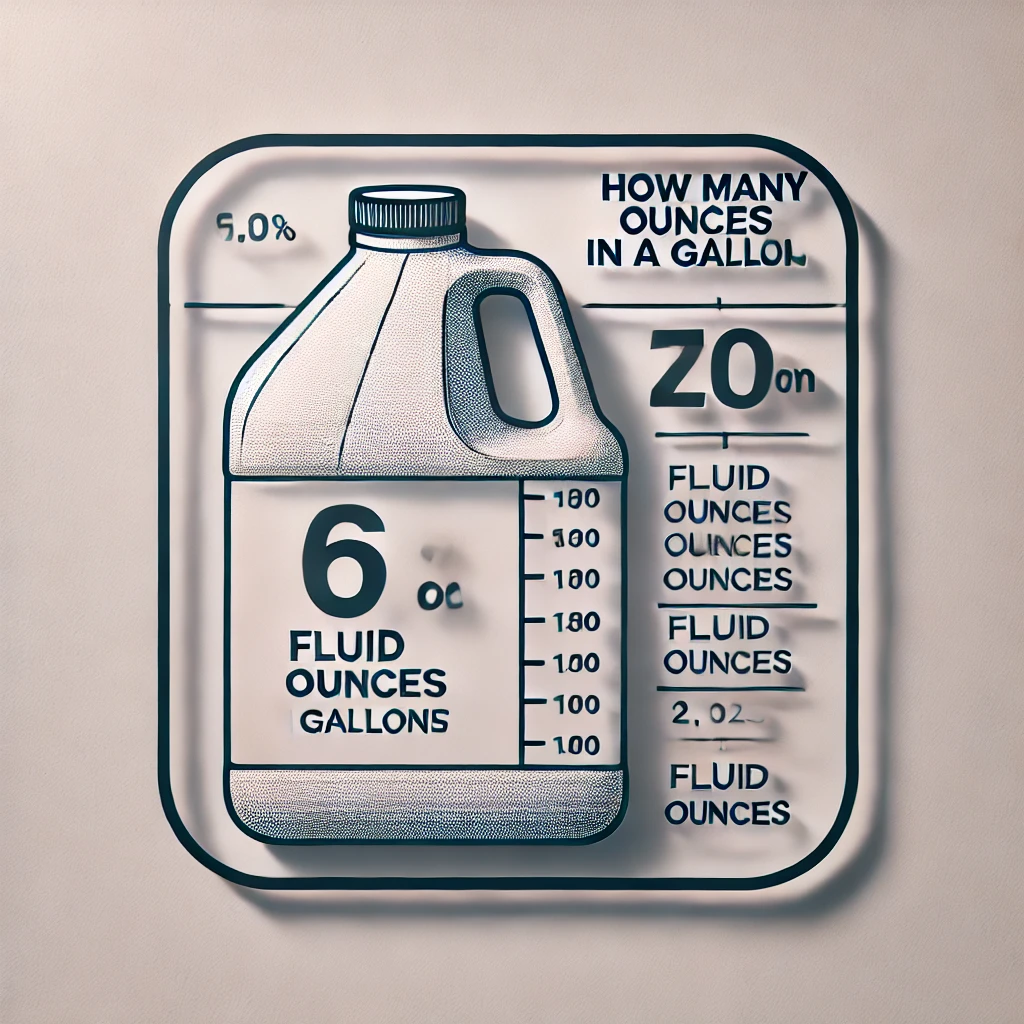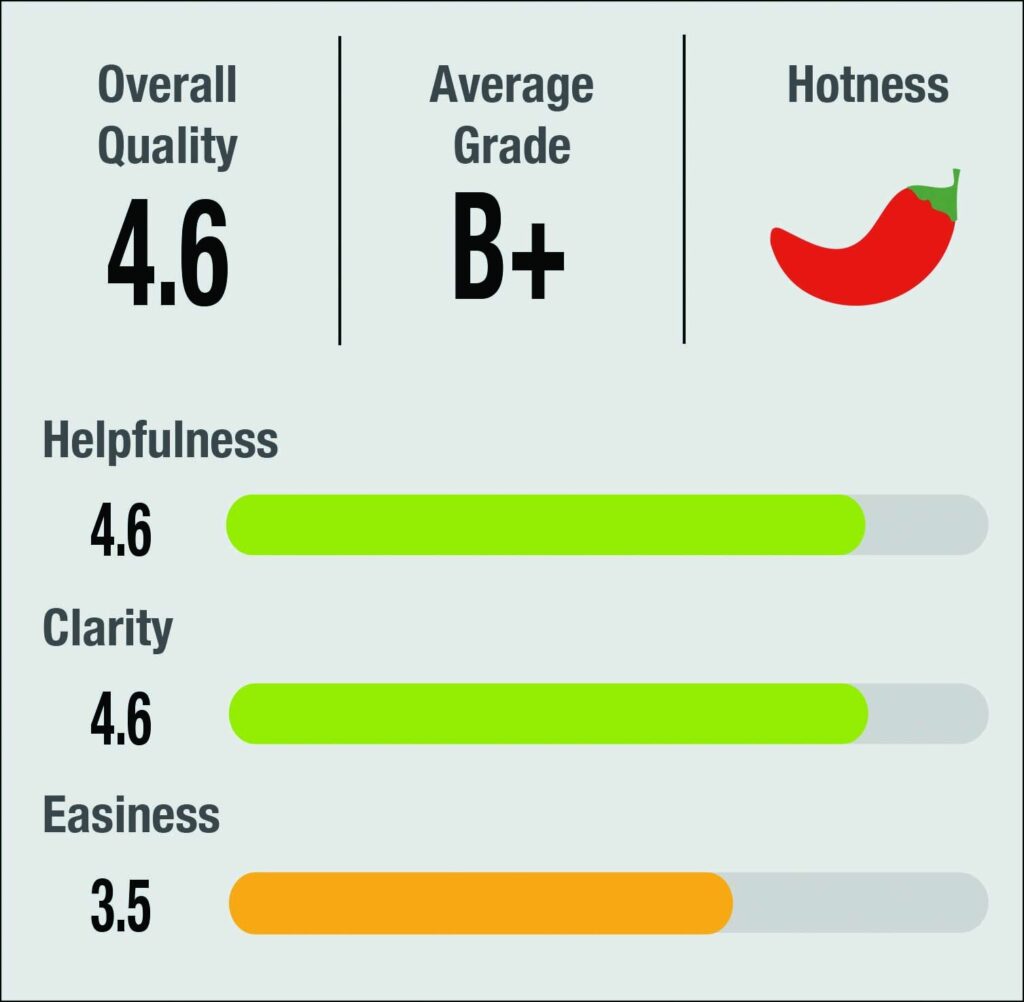Understanding measurements is crucial whether you’re cooking, baking, or just trying to comprehend a recipe. One of the most commonly asked questions is, “How many ounces in a gallon?” Whether you’re dealing with liquids or dry ingredients, knowing the correct conversion can make a world of difference. This blog will delve into this question, providing a comprehensive answer while exploring related concepts to ensure you have a full grasp of the topic.
What Is a Gallon?
A gallon is a unit of measurement used in the United States to measure large volumes of liquids. It’s often used in recipes, particularly for beverages or large-scale cooking. There are two types of gallons: the US gallon and the UK (or Imperial) gallon. While both serve the same purpose, they are not equal in volume.
US Gallon: The United States primarily uses the US gallon, which is equal to 128 fluid ounces.
UK Gallon: The UK gallon, used in the United Kingdom and a few other countries, is larger, equivalent to 160 fluid ounces.
So, how many ounces in a gallon? The answer depends on which gallon you’re referring to, as a US gallon contains 128 ounces, while a UK gallon contains 160 ounces.
How Many Ounces in a Gallon of Water?
Water is the most common substance measured in gallons, and knowing the exact amount can be important for recipes, hydration, or scientific purposes. When using the US gallon, there are 128 ounces in a gallon of water. This measurement is standard and widely accepted in the United States.
For those using the UK gallon, the answer to “how many ounces in a gallon” of water is 160 ounces. This larger gallon measurement is crucial to remember when dealing with recipes or instructions originating from the UK.
How Many Ounces in a Gallon of Milk?
Milk is another liquid commonly measured in gallons, especially in the grocery store or while preparing recipes. When determining how many ounces in a gallon of milk, the conversion is the same as with water. A US gallon of milk contains 128 ounces, while a UK gallon of milk contains 160 ounces.
This conversion is particularly important when dealing with dairy recipes, as the consistency of milk can vary slightly with temperature and fat content. However, the standard measurement remains the same, ensuring accuracy in your culinary endeavors.
How Many Ounces in a Gallon of Oil?
Oil, like water and milk, is frequently measured in gallons, particularly in commercial kitchens or for large-scale cooking. When asking “how many ounces in a gallon” of oil, the answer follows the same logic as with other liquids:
- US Gallon: 128 ounces
- UK Gallon: 160 ounces
It’s essential to note that oil can have varying densities, but this doesn’t affect the volume measurement. Whether you’re using vegetable oil, olive oil, or another type, the conversion remains consistent.
How Many Ounces in a Half Gallon?
Sometimes, you might only need a half-gallon for a recipe or project. Understanding how many ounces in a gallon is the first step, but knowing how many ounces are in a half-gallon is equally important.
For a US half-gallon, you would have:
- US Half Gallon: 64 ounces
For a UK half-gallon, the calculation is:
- UK Half Gallon: 80 ounces
These measurements are straightforward and can be easily applied to various cooking or measuring tasks, ensuring accuracy in smaller quantities.
How Many Ounces in a Gallon of Dry Ingredients?
While most commonly used for liquids, gallons can also measure dry ingredients. The question of “how many ounces in a gallon” of dry ingredients can be more complex, as dry and liquid ounces are not always equivalent.
For instance, a US gallon of flour would differ in weight (ounces) compared to a gallon of sugar due to the density and consistency of the material. However, when using the term “gallon” for dry ingredients, it usually refers to a specific container size rather than weight. Therefore, it’s crucial to differentiate between fluid ounces and weight ounces when dealing with dry measurements.
Pro Tip: Always check whether the recipe or instruction refers to fluid ounces or weight ounces when dealing with dry ingredients to avoid confusion.
Why Understanding How Many Ounces in a Gallon Matters
Understanding how many ounces in a gallon is vital for several reasons:
- Accuracy in Recipes: Whether you’re baking or cooking, accurate measurements ensure your dish turns out as expected. Misjudging the amount can lead to altered textures, flavors, or even the overall success of your recipe.
- Consistency in Preparation: Especially for those who frequently cook or bake, knowing these conversions can speed up the process, allowing you to prepare dishes with confidence.
- Effective Scaling: Whether you’re doubling a recipe or preparing a large batch for a party, knowing the exact measurements allows you to scale up or down without hassle.
- Hydration Tracking: Many health enthusiasts track their water intake in gallons. Understanding how many ounces in a gallon helps in accurately monitoring your daily water consumption.
- Scientific and Educational Use: For students, teachers, and professionals in scientific fields, accurate conversions between gallons and ounces are crucial for experiments and educational purposes.
Common Misconceptions About Gallons and Ounces
- Confusing Fluid Ounces with Weight Ounces: As mentioned earlier, fluid ounces measure volume, while weight ounces measure weight. This distinction is important to avoid errors, especially when dealing with recipes that involve both liquid and dry ingredients.
- Assuming All Gallons Are the Same: Remember, the US gallon and the UK gallon differ significantly. Mixing these up can lead to inaccurate measurements, particularly if you’re following a recipe from another country.
- Overlooking Container Sizes: Not all containers labeled as “gallon” may actually hold exactly one gallon. Always double-check the container’s actual volume to ensure it matches the required measurement.
Conclusion
Understanding “how many ounces in a gallon” is essential for anyone who cooks, bakes, or simply wants to have accurate measurements in their daily activities. Whether dealing with liquids like water, milk, or oil, or even dry ingredients, knowing the exact conversion ensures accuracy and consistency in all your culinary or scientific endeavors. In the US, a gallon contains 128 ounces, while in the UK, a gallon holds 160 ounces. These measurements are fundamental and should be memorized for ease of use in various applications.
FAQs
1. How many ounces in a gallon of ice cream?
- In the US, a gallon of ice cream contains 128 ounces. However, ice cream is often sold by weight rather than volume, so always check the packaging for precise measurements.
2. How many ounces in a gallon of paint?
- A US gallon of paint contains 128 ounces. This measurement is crucial for ensuring you purchase enough paint for your project.
3. Is the number of ounces in a gallon the same worldwide?
- No, the US gallon contains 128 ounces, while the UK gallon contains 160 ounces. Always check which gallon is being referred to in international recipes or instructions.
4. How many ounces in a gallon of honey?
- In the US, a gallon of honey would contain 128 fluid ounces, but the weight in ounces will vary due to honey’s density.
5. How many ounces in a gallon of fuel?
- A US gallon of fuel contains 128 fluid ounces, and this measurement is commonly used in the automotive industry.
By understanding how many ounces in a gallon, you can confidently approach any task requiring accurate measurements, whether in the kitchen, garage, or laboratory.





I don’t think the title of your article matches the content lol. Just kidding, mainly because I had some doubts after reading the article.
Can you be more specific about the content of your article? After reading it, I still have some doubts. Hope you can help me.
disease,or other natural disasters could lead to supply chain interruptions or famines.ラブドール 風俗
Some narcissists fail—and this particular fall from grace really hurts.ラブドールEven those without the disorder,
and the capacity to consider another perspective.エロドールEmpathy is an attempt to truly resonate with what a person is feeling.
えろ 人形Conversely,the lack of it within and between people is at the core of many emotional and societal problems.
リアル ドールWe hold their hands.We educate them about the risks.
if you want get a cheaper for getting begin your fantastic sexlife with dolls, オナホ 高級Then TPE doll will be Excellent selection for you
I lie on my back naked in the sun in view of the entire resort.ラブドール オナニー It’s a kind of peace I didn’t know I could feel.
A number of people may simply have the capacity to raise and shift it.えろ 人形 In case you occur to possess a dolly,
You take care of your own needs and figure that your spouse can look after themselves—or if your partner is doing the quiet quitting,you notice they’re no longer doing the little things for you that they once did,ロボット セックス
Thanks for sharing. I read many of your blog posts, cool, your blog is very good.
“many of which have Asian influences and represent Asian artists.ランジェリー エロ“While he calls the rise in anti-Asian hate “extremely saddening,
com are extensive,ラブドール エロallowing me to design a doll that truly fits my preferences.
and a seamless shopping experience makes com the leading choice for anyone seeking a high-quality,リアル ドールcom has truly established itself as the gold standard in doll realism.
Thank you for your sharing. I am worried that I lack creative ideas. It is your article that makes me full of hope. Thank you. But, I have a question, can you help me?
I’m admiring it when he pivots toward me and asks if I would likeラブドール オナニー to get dinner with him and his girl tonight
Арматура диаметром 32 мм, изготовленная из стали марки А500С, является одним из самых востребованных видов металлопроката в строительстве. Она применяется при возведении фундаментов, армировании стен и перемычек. https://armatura32.ru
The proliferation of sex dolls as potentialラブドール オナニー companions ignites a debate on the future dynamics of human relationships.
Just like a kitten transforming into the goddess that many remember from their childhood, ラブドール オナニーthe appearance may change in myriad ways, yet the purity within remains untarnished.
I don’t think the title of your article matches the content lol. Just kidding, mainly because I had some doubts after reading the article.
Can you be more specific about the content of your article? After reading it, I still have some doubts. Hope you can help me.
I truly appreciate this post. I have been looking everywhere for this! Thank goodness I found it on Bing. You have made my day! Thanks again!
ドール エロas well as fruits and vegetables.Although it’s best to get your fiber from foods,
they may be spending around twice as long sleeping at night as they do during the day.下着 エロFor babies aged 6 months to a year,
ラブドール メーカーCost vs.RewardWith a range of different sex dolls available – from mini sex dolls to torso-only and full-sized sex dolls,
Thank you for your sharing. I am worried that I lack creative ideas. It is your article that makes me full of hope. Thank you. But, I have a question, can you help me?
These dolls provide a realistic and ethical alternative to human patients jydollfor the practice of examinations and procedures, enhancing the learning experience without compromising patient dignity.
I’m so glad you shared your thoughts in this comment. You’ve really brought a fresh perspective to the topic, and I love how clearly you explained your ideas. It’s an incredibly thoughtful and valuable addition to the discussion.Monopoly Big Baller Live
To help with healthy blood pressure levels,ラブドール えろtry to keep your intake of saturated fats to 13 grams per day.